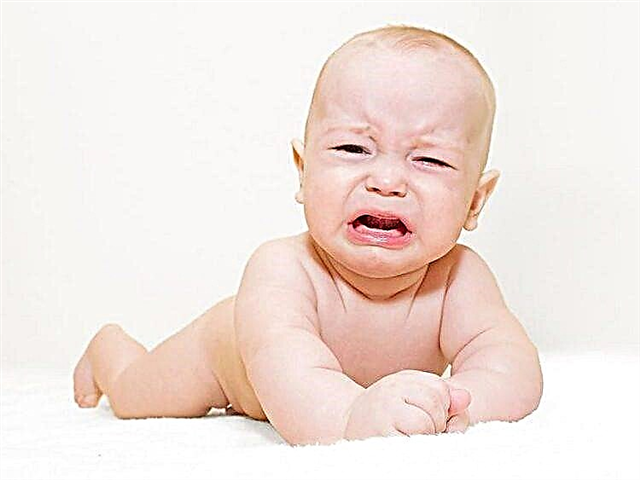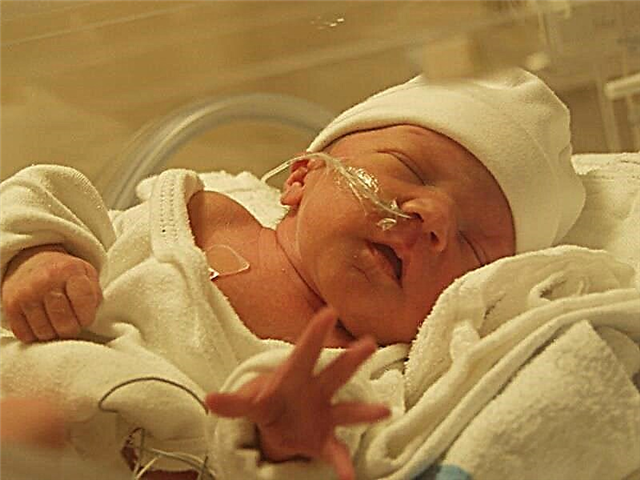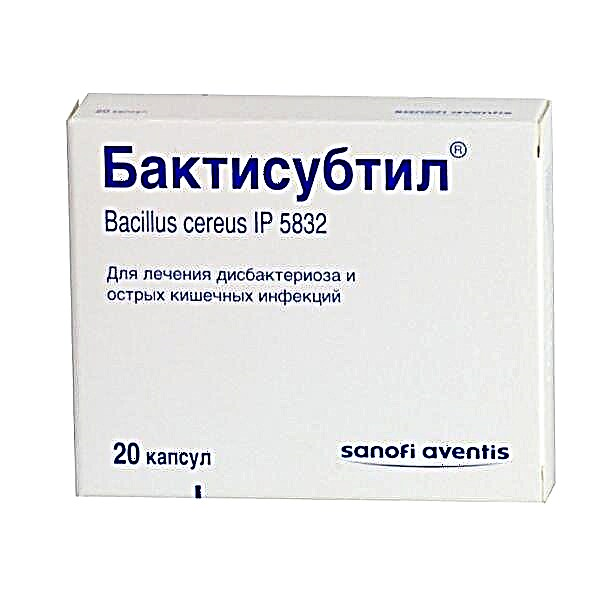The first disposable diaper was created in 1957, the mass production of these products started in 1959. The ideological motto was: "A diaper is needed not for a child, but for an adult caring for him", because the baby is already fine. Many mothers ask themselves questions: how many diapers per day go to a newborn, what to look for when buying?

Baby in a diaper
There are two main types of diapers for newborns: disposable and reusable. Reusable diapers have been known since ancient times. When the parents swaddled the baby, they would put gauze or other absorbent material folded in several layers and change it, only the baby goes to the toilet.
Advantages and Disadvantages of Disposable Diapers

The grown crumb on the pot
Disposable diapers have slightly less advantages than disadvantages, but they are significant:
- Saving time of the person caring for the child;
- Getting rid of daily climbs, worries and washings;
- A quality model always gives a dry feeling.
- Pampers keep moisture for a long time.
- The baby's skin is not irritated.
- Modern models are comfortable for the child and do not interfere with his full movement.
These advantages will have to pay with the following disadvantages:
- High cost. The high price is often associated with the question of how many diapers a day a newborn needs. On average, spending on high-quality diapers will total more than a thousand dollars for the entire time the baby needs them.
- Harm to the environment. Many environmentalists oppose disposable diapers because their production is associated with air emissions. To create diapers for one baby, you need to cut down 4-5 trees. In addition, in the CIS countries, garbage is not disposed of correctly, which leads to the creation of landfills from non-degradable waste.
- Change frequency. Some disposable models can be used several times and have an indicator showing the degree of filling.
- Parents do not know how often the child goes to the toilet. Although this is an important diagnostic criterion for the definition of certain diseases.
- Dangerous diseases of the genitourinary system are possible with a rare change of diapers.
- Irritation and allergic reactions are possible.
- It is more difficult for a child to learn to control his physiological processes, because he does not feel discomfort.
Some of the shortcomings actively circulated by the media turn out to be delusions. So, diapers do not harm the reproductive system of boys. Also, diapers do not provoke cystitis in girls. Modern models allow air to pass through well, so the genitals are in optimal temperature conditions.
How many diapers to take to the hospital
Children defecate in different ways. Therefore, one woman needs 15 pieces, while another needs to take a pack of 33 diapers with her to the maternity hospital. As a rule, one package is enough.
Council. Many experts recommend taking diapers at the rate of 8 pieces per day. It is also advised not to give all diapers to nurses, because they will keep everything that is not used up.

Baby in a diaper
Some mummies took two packs of 33 for reinsurance. The question of how many diapers a newborn needs per month is decided individually.
Rate per day
The number of diapers depends on the characteristics of the child, the frequency of urination and defecation, and age. Daily urine volume ranges from 300 to 500 ml, and one-time urine volume is up to 35 ml. A baby can have stools after almost every feeding. The total number of urination of a newborn per day is 20 to 25 times.

Satisfied baby in a diaper
In some situations (for example, at a massage therapist's), the amount of urination may be higher. How many diapers per day does a child spend by months? The number is gradually decreasing. As a rule, the consumption of diapers for newborns per day is about 10 pieces. At six months, the norm is already about 5 diapers a day.
When a diaper change is required
There is a widespread recommendation that the diaper should be changed immediately after feeding. But this is a very expensive piece of advice that will cost you a pretty penny. Dr. Komarovsky says that the frequency of the change depends not only on urination and bowel movements, but also on a number of other factors, such as the temperature in the room, humidity, and the characteristics of the baby's skin.

Baby in a diaper smiling
There is a close relationship between defecation / urination and other physiological needs. After eating, the child often goes to a diaper, but not always. It should be changed only after a bowel movement and from time to time independently check the degree of fullness.
Dr. Komarovsky gave some more tips:
- After each “big” walk, you need to change the diaper. Urine combined with feces can irritate the baby's skin. The feces themselves are also irritating to the skin due to the slightly acidic environment. In this case, it does not matter how much discharge the child has.
- The replacement should be carried out when the parent cannot control its fullness for a long time. For example, when a child is taken for a walk, to visit, or just he will sleep.
- The diapers should be checked after a night's sleep and walking. It is highly likely that the baby has satisfied his physiological needs during this time.
- If you find wet skin under the diaper, it should be changed immediately.
- When the diaper is full. Often this happens before it stops absorbing liquid.
Important! Experienced doctors advise not to carry out the replacement procedure too often and focus on the needs of the child.
Some models have special indicators that allow you to accurately determine the moment when the diaper should be replaced. If it changes color, then it's time.
Doctors recommend changing the diaper in the following cases:
- After feeding, provided that the baby went out in a big way. There is no point in changing a clean diaper.
- Before visiting a doctor.
After a manual diaper check, three options are possible:
- The kid has relieved himself of great need. Here it is necessary to wipe the remains of feces with the clean edges of the diaper in the direction from the navel to the butt. Then the child is washed away. In the case of girls, hand movements should be carried out from the abdomen to the priest in order to prevent pathogenic bacteria from entering the genitals. If there is no access to the bathroom, baby wipes can be used.
- The skin is clean and dry. Here you just need to change the diaper.
- The skin is wet - the diaper needs to be changed urgently.
There are two reasons why a child's skin under a diaper is wet. The first is the marriage of the diaper itself. The second is the fault of his parents, who did not replace him in time.
After changing the diaper, you need to wash the baby with a little soapy warm water. Then the skin is treated with a cream with calendula or chamomile extract. It is also necessary to temper the baby, giving him the opportunity to lie down a little naked. In this case, the temperature in the room should not be lower than 20 degrees.
Whether to wake up the child at night
Some manufacturers create special night diapers that keep the skin dry during the entire sleep. They have a thicker layer and good water absorption capacity.
It is not recommended to wake up your baby at night to change a diaper. Better to wait until he wakes up and starts asking for food. Then you can carefully replace it.
Diaper consumption in the first months of life
In the first months of life, a child satisfies physiological needs quite often. As you grow older, the frequency will become less and less. This is confirmed by the experience of parents who used 6 to 10 diapers a day.
In general, 6 pieces per day should be sufficient. In case of force majeure, you need to stock up on one more. Therefore, you need to buy 240 pieces for a month.
How to reduce consumption
Diapers are expensive, so thrifty parents are looking for ways to minimize costs. Here are some tips:
- Enjoy promotions. There are special applications that allow you to buy diapers for future use. This advice will not reduce the consumption of diapers, but it will help you save money.
- Use reusable diapers. Compared to disposables, they are less moisture-absorbing. Therefore, they will have to be changed much more often, but two or three reusable models are enough.
- Daytime swaddling. If the family's budget is limited, diapers can only be used when absolutely necessary: when going out or before bed. In other cases, use the classic method - swaddling. The mother will always be able to timely respond to the needs of the child if she is with him at home. For a kid, it doesn't matter what to be in. The main thing is to be warm and dry.
- Air baths. In the warm season, you can leave your baby without clothes. This will strengthen the child's immunity and help save money. How long a diaper is enough for a newborn in this case is no longer so important. The consumption of diapers will be much less.
So how many diapers does a newborn need per day? About 7-8 pieces. If you know the appropriate methods, you can reduce their consumption, because the parent needs diapers, not the child.



